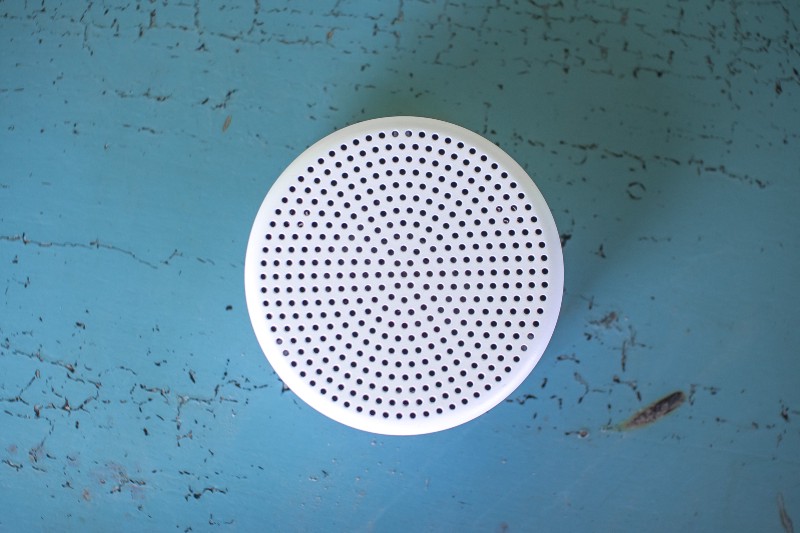

Our concept of home is changing. The way privacy intersects with a sense of comfort, relaxation, and safety in our houses is taking on a different shape in a world of Airbnb, media streaming, and always-on connectivity.
Responding to this trend, a group of Swedes in San Francisco has started a company called Form Devices to build what it calls “a softer take on home security.” Its first product, named Point, is a security system that’s as minimally invasive as possible. “We like to call it a smart house sitter,” said Marcus Ljungblad, Form’s co-founder. “We think it’s where the future is heading–technology that’s more ambient and unobtrusive. It’s about focusing on the people and their homes and getting the technology out of their way.”
Point was inspired by the realization that security isn’t an all-or-nothing endeavor. “While prototyping we realized how many places were in need of some kind of security but couldn’t have cameras installed,” said Ljungblad. “We started realizing that a soft security concept could solve a lot of people’s worries, and often replace hard security systems with a much less invasive approach than what is available on the market.”
Ljungblad claims their product stands out from the competition by being smarter than most so-called “smart” devices: “Most smart things are actually quite dumb, a sensor that just feeds data to the cloud,” he said. “Point is a highly capable computing platform, capable of sound recognition on its own while having a battery life of more than a year.”
Point is packed to the gills with sensors. It gathers data from a particle detector, thermometer, and hygrometer (humidity sensor), which is then analyzed to detect events occurring around your house–like alarms going off, windows breaking, or the presence of people. The complex pattern recognition necessary for this is done on the device, not in the cloud, so no sensitive data leaves its plastic housing. Data is delivered to homeowners through a smartphone app for iOS and Android, a web interface, and an API. (Integration with popular data aggregation tool IFTTT is also in the works.) It connects over Wi-Fi, and its only maintenance need is an annual battery change.
The Form team centers around Nils Mattisson, a designer who moved from Sweden to California to work for Apple’s Exploratory Design group in 2006. He left in 2013 to start Form Devices, inviting some fellow Swedes to join him in San Francisco. Together they prototyped Point for more than a year, including four months in China. “In terms of hardware production there is no replacement to Shenzhen,” said Ljungblad. “The speed at which you can prototype hardware there is unbeatable.”
There’s an argument to be made that Point’s approach is merely shifting surveillance into another form, rather than making it “softer.” As our homes become smarter, there will be more and more data for devices like Point to use–will people be comfortable with these systems interpreting that data for them?
For now, though, it seems there’s an audience. At the start of November 2014, the team launched a Kickstarter to raise $50,000 to continue work. It hit that goal in just 36 hours and, at the time of writing, the team has gathered pledges totaling more than $160,000. Ljungblad said they will use the extra cash to build out the team and start buying components for production earlier than expected. The design is production-ready, and agreements with manufacturers are in place, so assuming all goes to plan Kickstarter backers will receive their devices toward the middle of 2015.
“Our belief is that technology should get out of your way and be respectful of the people using it,” he said. “By having intelligence closer to people, we can provide a better user experience. At the end of the day that’s what matters most to us.”


How We Get To Next was a magazine that explored the future of science, technology, and culture from 2014 to 2019. This article is part of our Design & Innovation section, which looks at new devices, concepts, and inventions that are changing our world. Click the logo to read more.
